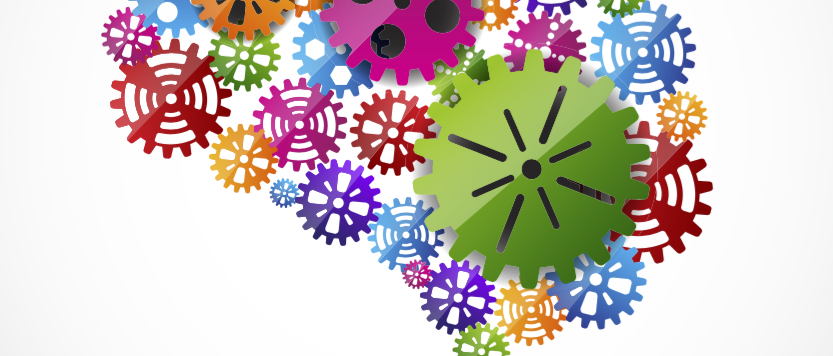
Choose a channel
Check out the different Progress in Mind content channels.

Progress in Mind

There are different recognized categories of bipolar disorder that have significant differences as well as similarities. So how does bipolar I differ from other types of the disorder?
Bipolar disorder, formerly known as manic depression, is a severe mental health illness that affects a person’s mood which can swing from manic highs to depressive lows or combinations of both (mixed states).1,2 There are different recognized categories of bipolar disorder that have significant differences as well as similarities.
One example is that in Bipolar I, the patient needs to have experienced at least one manic episode. A manic episode is characterized by a period of at least 1 week where an elevated, expansive or unusually irritable mood, as well as notably persistent goal-directed activity is present. On the other hand, Bipolar II patients NEVER have manic episodes. Instead they experience at least one hypomanic episode (which is similar to mania but less severe) lasting at least four days. Mania may also include psychotic symptoms, delusions or hallucinations.
According to the DSM-5, the diagnostic manual published by the American Psychiatric Association, the difference between mania and hypomania is "the degree of severity" as well as an absence of psychosis (delusions or hallucinations) in hypomania and no negative impact from "high" symptoms in work- and social functioning.
That said, it’s important to understand that Bipolar II disorder is not a milder form of bipolar I disorder, but a separate diagnosis. While the manic episodes of bipolar I disorder can be severe and dangerous, individuals with bipolar II disorder can be depressed for longer periods, which can cause significant impairment.
A person can experience depressive symptoms either simultaneously or fluctuating with manic symptoms, a state referred to as mania with depressive symptoms, mixed features or mixed episodes. For example, a person can feel full of energy and euphoric but have a lack of interest in doing normal activities and feel empty inside, at the same time.
Having suicidal thoughts and feeling guilty, anxious, agitated or irritable are other common symptoms experienced during mania with depressive symptoms. Similarly, a person can have manic symptoms during an episode of depression.3 You can read the patient leaflet 'What is bipolar I disorder' (at the end of this article) for further information specifically about bipolar I.
Also on the bipolar spectrum is cyclothymic disorder. To be diagnosed with this condition, you have to have had at least two years — or one year in children and teenagers — of numerous periods of hypomania symptoms (less severe than a hypomanic episode) and periods of depressive symptoms (less severe than a major depressive episode). During that time, symptoms occur at least half the time and never go away for more than two months. Symptoms cause significant distress in important areas of your life.
You may also have heard of rapid cycling. This is when mood swings change faster; more than four mood swings happen in a 12-month period. Rapid Cycling affects about one in ten people with bipolar. It can come and go over the course of many years depending on treatment. These episodes can happen with both Bipolar I and II.
Our correspondent’s highlights from the symposium are meant as a fair representation of the scientific content presented. The views and opinions expressed on this page do not necessarily reflect those of Lundbeck.